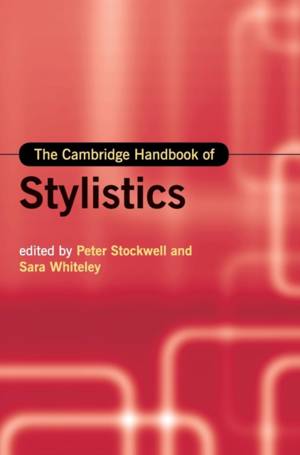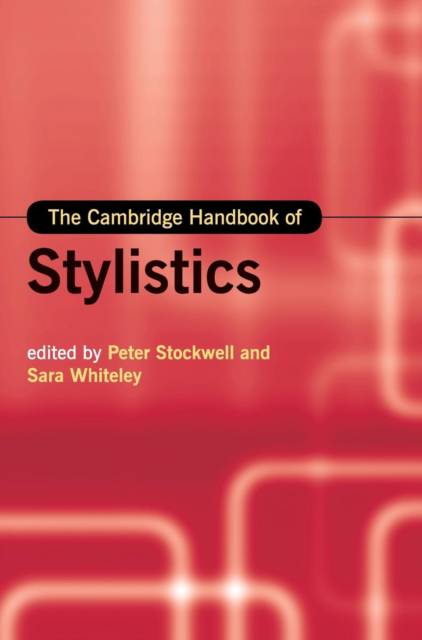
- Afhalen na 1 uur in een winkel met voorraad
- Gratis thuislevering in België vanaf € 30
- Ruim aanbod met 7 miljoen producten
- Afhalen na 1 uur in een winkel met voorraad
- Gratis thuislevering in België vanaf € 30
- Ruim aanbod met 7 miljoen producten
Zoeken
The Cambridge Handbook of Stylistics
€ 327,45
+ 654 punten
Omschrijving
Stylistics has become the most common name for a discipline which at various times has been termed 'literary linguistics', 'rhetoric', 'poetics', 'literary philology' and 'close textual reading'. This Handbook is the definitive account of the field, drawing on linguistics and related subject areas such as psychology, sociology, anthropology, educational pedagogy, computational methods, literary criticism and critical theory. Placing stylistics in its intellectual and international context, each chapter includes a detailed illustrative example and case study of stylistic practice, with arguments and methods open to examination, replication and constructive critical discussion. As an accessible guide to the theory and practice of stylistics, it will equip the reader with a clear understanding of the ethos and principles of the discipline, as well as with the capacity and confidence to engage in stylistic analysis.
Specificaties
Betrokkenen
- Uitgeverij:
Inhoud
- Aantal bladzijden:
- 690
- Taal:
- Engels
- Reeks:
Eigenschappen
- Productcode (EAN):
- 9781107028876
- Verschijningsdatum:
- 28/07/2014
- Uitvoering:
- Hardcover
- Formaat:
- Genaaid
- Afmetingen:
- 170 mm x 249 mm
- Gewicht:
- 1383 g

Alleen bij Standaard Boekhandel
+ 654 punten op je klantenkaart van Standaard Boekhandel
Beoordelingen
We publiceren alleen reviews die voldoen aan de voorwaarden voor reviews. Bekijk onze voorwaarden voor reviews.










